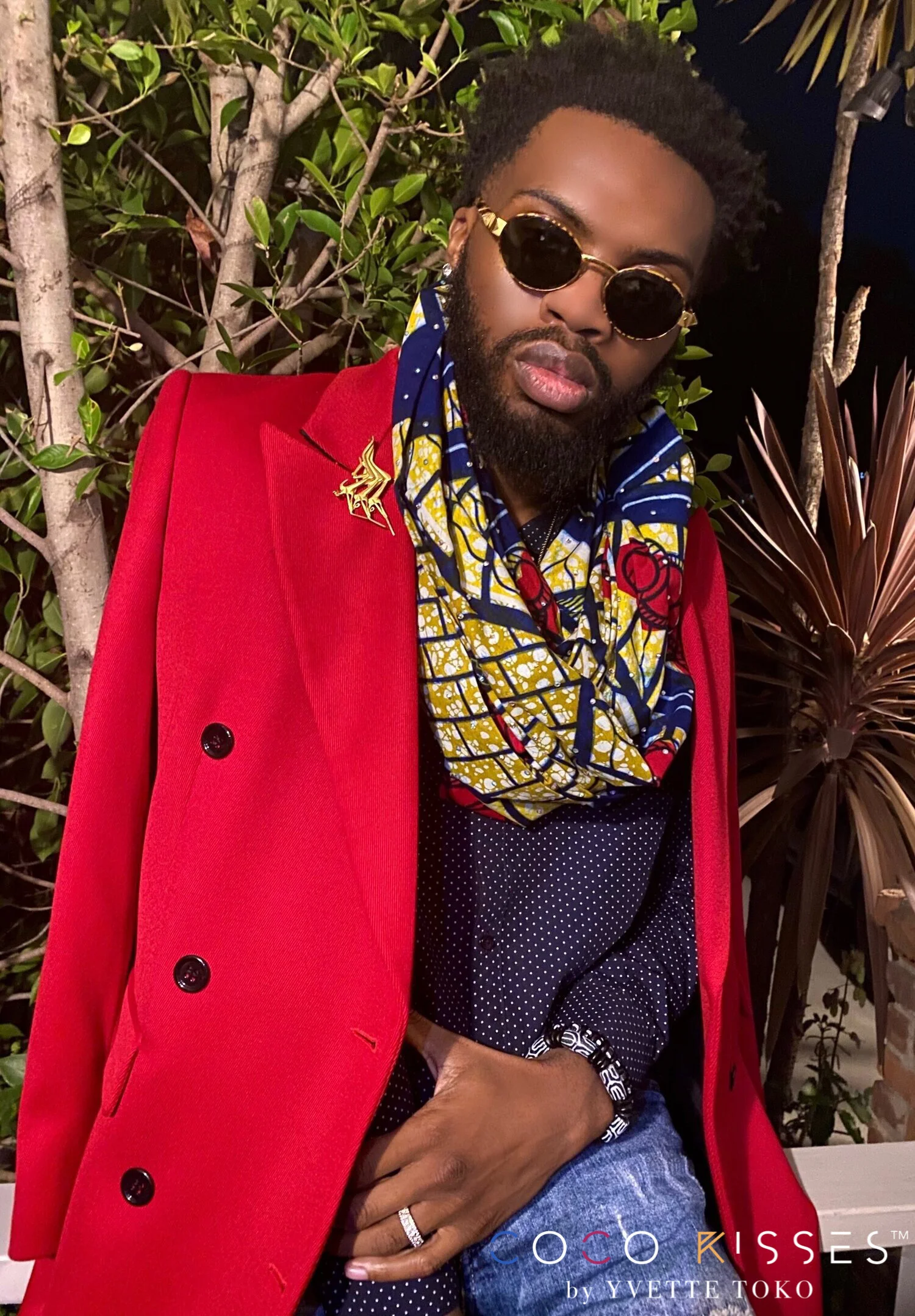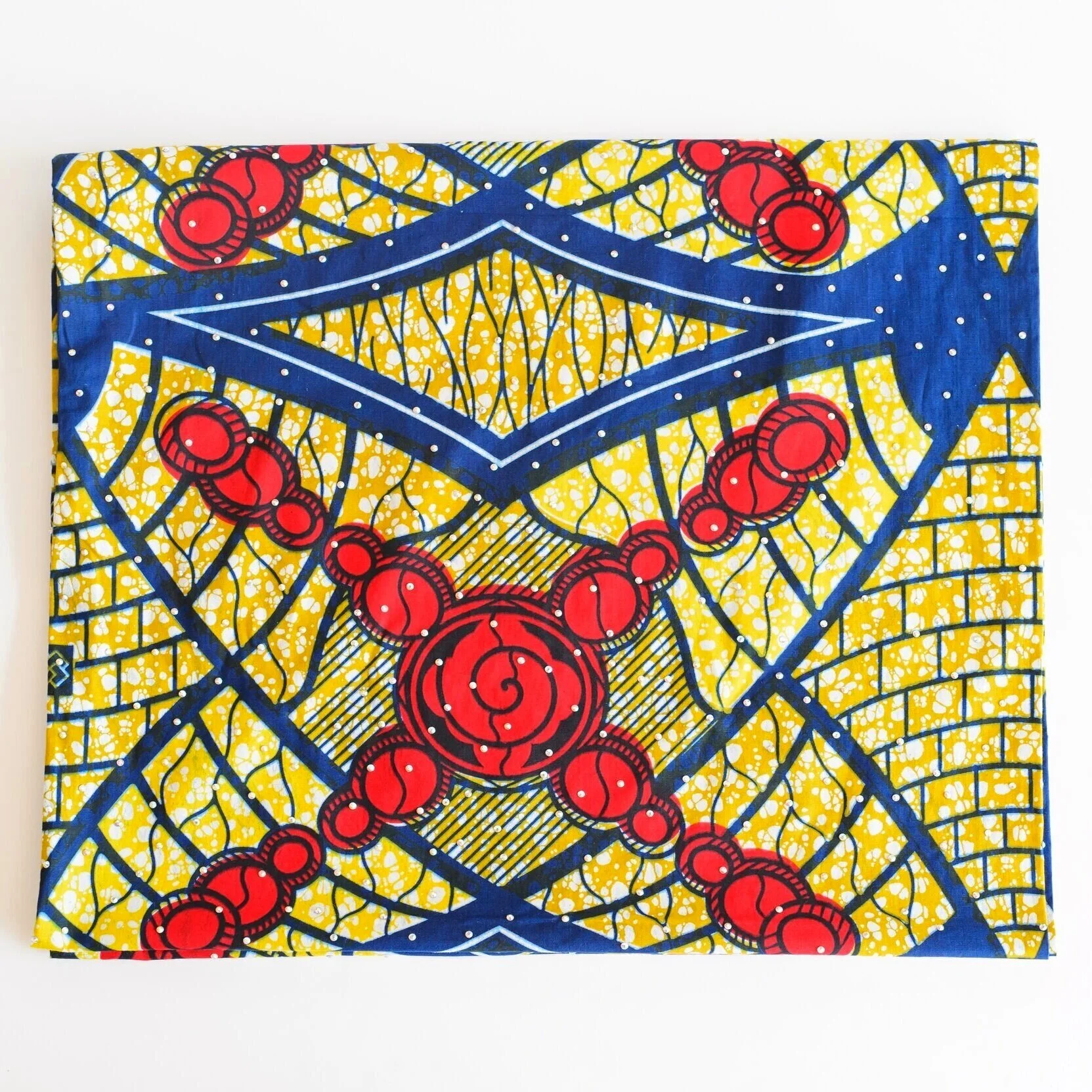"SHOW STOPPER DRIP" Lux Over-Sized African Print Infinity Scarf





"SHOW STOPPER DRIP" Lux Over-Sized African Print Infinity Scarf
Crafted in West Africa From Premium Ankara Fabric, This Must-Have Accessory Is A Great Addition To Any Outfit, For Any Occasion. Whether Vintage or Modern, Elegant Or Edgy, Modest or Extravagant, It Helps Express Your Individual Style and Makes A Fashion Statement.
Its Stunning Design, Dynamic Contrasting Color Combination, and Vibrant Unique Artistic Details Are Of Exceptional Quality.
A Limited Edition, Exclusive and Luxurious Piece. Once It’s Gone, It’s Gone. We Pride Ourselves On Producing Quality, Not Quantity — Strong, Long-Lasting, Timeless Pieces. Handmade, No Two Patterns Are The Same.
DETAILS & CARE
Authentic Ankara Fabric Sourced From West Africa
100% Premium Quality Cotton w/ Rhinestones
DRY CLEAN ONLY
SIZE & FIT
Length 36.5 in.
Width 21 in.
Circumference 73 in.
SHIPPING & RETURNS
Orders placed before 12pm (PDT) will ship in 2 to 3 business days, Monday - Friday.
Our shipping partners are USPS, FedEx, UPS and DHL.
All orders placed on coco-kisses.com are considered FINAL SALE and cannot be returned or exchanged.
Because we sell handmade items and custom clothing, we are unable to accept returns or exchanges.
For more details view FAQ’s + Shipping + Returns section.
AFRICAN PRINT,
ANKARA FABRIC
HISTORY & CULTURE
Though our Ankara fabrics are sourced from West Africa, ironically, this particular African textile did not originate in Africa.
In fact, in 1846, due to a high demand for printed cotton, Dutch entrepreneur Pieter Fentener Van Vlissingen mechanized the method used to make prints on Batiks — a popular cloth worn in Indonesia. Yes, the African textile that is known as ‘Ankara’ in West Africa and ‘Kitenge’ in East Africa, was first produced in Indonesia.
After Van Vlissingen’s world-renowned company, Vlisco, introduced the printed textile they called ‘to Ghana,’ the fabric took off and gained an African identity. Since the start, the company has produced and sold hand-printed textiles both domestically and abroad. Around 1852, the VOC Dutch East Indies trade routes became involved in the export of the hand-printed Vlisco fabrics. The fabrics were used for bartering during stopovers in Western Africa. Since the Dutch had been dealing in European luxury goods with West-Africans since the late middle ages, they logically moved selling activities to that region. Another reason is that the fabrics sold in Indonesia had become popular among the Belanda Hitam, Ghanaian soldiers who served in the Royal Netherlands East Indies Army and returned home between 1837 and 1872.
By the 20th century, West and Central Africa were growing into a booming textile market and by the 1930s the 'Wax Hollandais' cloth's designs were being adapted to local tastes. As you can see, the fabric has a fascinating history — over 170 years old, “inspired by Africa, made with a technique derived from Indonesian Batik, designed in the Netherlands, Vlisco’s heritage and design signature is a multicultural melting pot of beauty and industrial craftsmanship.”
This ‘Wax’ print fabric also known as ‘Wax Hollandais’ is created with an extraordinary level of care and precision. First, a design in liquid wax is printed on cotton. A base dye such as indigo soaks into the cloth around the wax, leaving behind a deep, intense color. Sophisticated printing processes result in complex and brilliant layers of imagery and color.
Ankara fabric is one of the most common types of African fabrics throughout the continent and is characterized by having bold colors and designs and is deeply associated with African clothing culture. It may also be referred to as ‘African Prints, Wax Prints, Dutch Wax, Wax Hollandais, Kitenge and Shweshwe’ among many other names.
One of the best things about Ankara fabric is the intensity of its African Prints does not change compared to other printed textiles that typically fade quickly.




